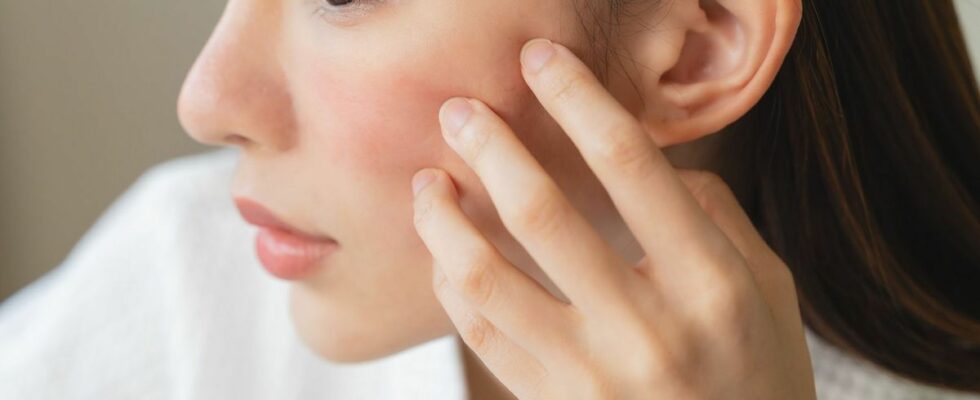Published on
updated on
Reading 2 min.
The European Chemicals Agency (ECHA) has revealed that it has identified traces of toxic substances in hundreds of cosmetic products.
This is a chilling announcement. On Wednesday, the European Chemicals Agency (ECHA) announced that out of 4,500 products examined, 285 of them – or 6% – presented traces of dangerous substances.
Which products were affected?
According to the latest ECHA reportthe problematic products identified included several subcategories of cosmetics, such as eyeliners, lip pencils, conditioners and hair masks. These showed traces of “persistent organic pollutants or (very) persistent“, yet prohibited by the Stockholm Convention and European legislation.
Persistent organic pollutants (POPs) can interfere with the hormonal system and endanger fertility. These substances are also suspected of increasing the risk of cancer, affecting children’s neurological development, and harming the immune system – thereby increasing individuals’ vulnerability to infections and disease.
Faced with these real risks, “theThe competent authorities have taken measures to remove non-compliant products from the market“, and thus protect consumers, confirmed ECHA.
In Austria, Denmark, Germany, Finland, Iceland, Italy, Liechtenstein, Lithuania, Luxembourg, Malta, Norway, Romania and Sweden, “risky” cosmetic products were quickly withdrawn .
Several problematic substances identified
To identify them, the European Chemicals Agency examined the list of ingredients present in the products, “looking for perfluorooctanoic acid (PFOA), long-chain perfluorocarboxylic acids (PFCAs) and related substances, as well as cyclic siloxanes D4 and D5“.
This is how the authorities found that 285 of the cosmetics (out of 4,500 inspected) contained dangerous chemicals. Among these problematic substances were:
- Perfluorononyl dimethicone;
- Perfluorooctylethyl triethoxysilane;
- Carboxydecylethyl perfluorononyl PEG-10 dimethicone;
- Cyclopentasiloxane (D5), cyclomethicone (a mixture of D4, D5 and D6), and cyclotetrasiloxane (D4).
“According to our analysis, perfluorononyl dimethicone was mainly found in eyeliners and lip liners, in pencil or stick form. D4 and D5 have been found in hair conditioners and masks“, confirms the agency.
Reading product labels, following updates from health and environmental authorities, learning about product recalls, favoring natural products (which are less likely to contain pollutants), and seeking eco-friendly certifications are all good reflexes that will allow you to reduce your exposure to POPs.
Some apps, like Yuka, can also help by providing detailed information on cosmetic product ingredients. The mobile application in fact assesses the safety of a product based on the ingredients it contains, alerting users to those that could be toxic or allergenic.

